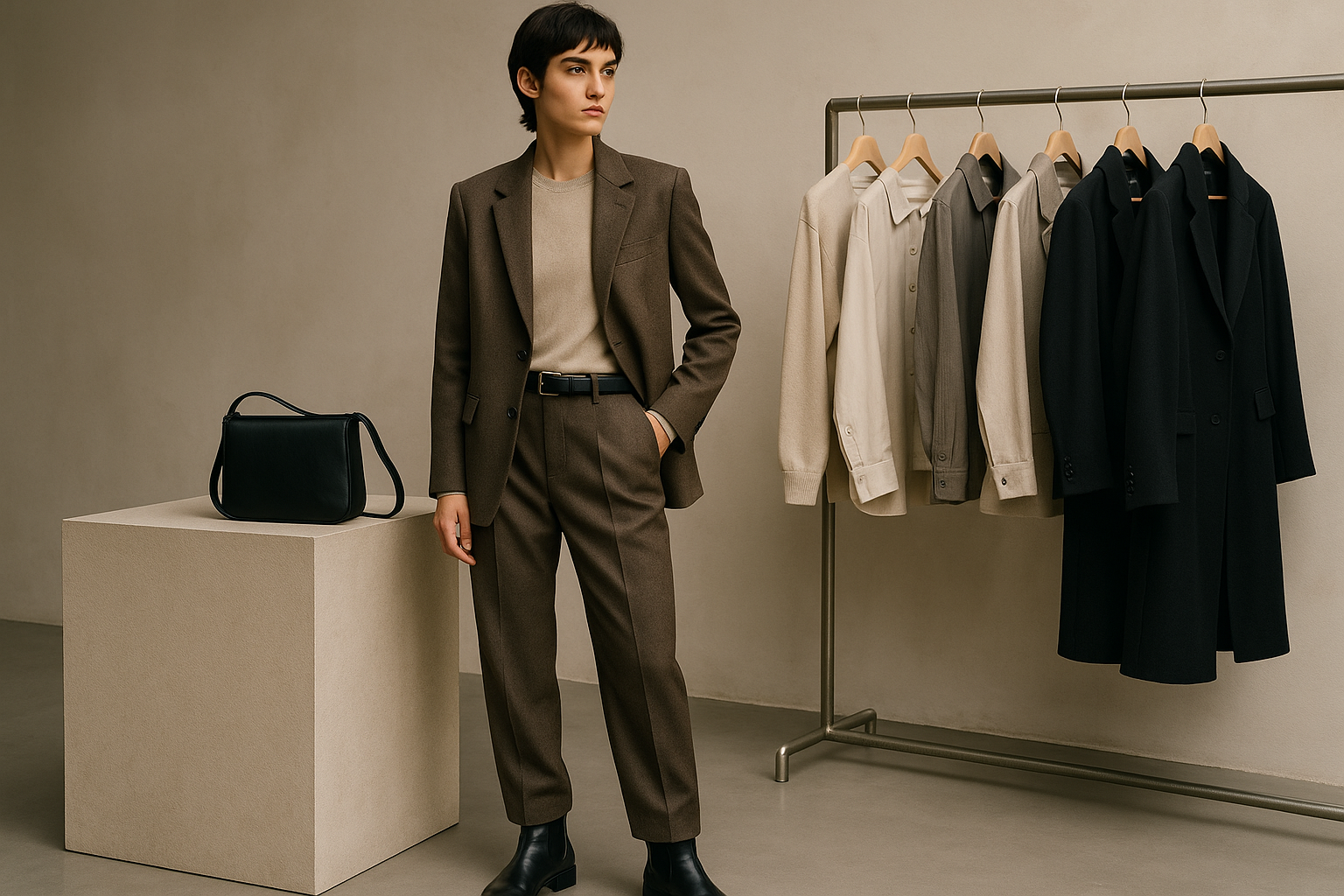Formal Clothes: Guide to Suits, Dresses, Ties, and Business Attire
Formal clothes set the tone for professional meetings, ceremonies, and events where appearance communicates respect and intent. Understanding the purpose of formal garments, how they should fit, and how to maintain them helps you present consistently appropriate looks. This guide explains key pieces — suits, dresses, ties, and business attire — and practical tips for selection and care.

What are formal clothes?
Formal clothes refer to garments intended for occasions where a higher level of dress is expected, from business meetings and weddings to formal dinners and ceremonies. This category typically emphasizes structured lines, refined fabrics, and conservative color palettes. Formal clothes differ from smart-casual or casual wear by focusing on fit and tailoring rather than trend-driven details. Knowing the event’s dress code — black tie, business formal, cocktail, or professional — is the first step to choosing the right ensemble.
How to choose suits for the occasion
When choosing suits, prioritize fit, fabric, and color. A well-fitting suit should allow comfortable movement while maintaining clean lines across the shoulders and chest; sleeves and trouser hems should be tailored to your proportions. Wool and wool blends remain versatile year-round, while lighter fabrics like linen or cotton blends work for warmer climates. For color, navy and charcoal are formal staples; black is suitable for evening and highly formal events. Consider local services for tailoring and alterations to achieve a precise fit, and inspect construction details like lapel roll, sleeve buttons, and lining.
Selecting dresses for formal events
Dresses for formal events vary by tone and formality. For highly formal occasions, longer hemlines and structured silhouettes are common; cocktail-length dresses suit semi-formal settings. Fabrics such as silk, crepe, and high-quality synthetics provide a polished drape. Pay attention to neckline, sleeve length, and mobility — ensure you can sit and move comfortably. Neutral or muted colors are typically safe for conservative environments; patterned or brighter dresses can be appropriate where dress codes are more relaxed. If needed, pair dresses with simple outerwear and polished shoes to maintain a cohesive formal appearance.
Choosing ties and other accessories
Ties remain a focal accessory in many formal outfits. Match tie width to the lapel width for balanced proportions and select knots appropriate to collars — a four-in-hand for narrower collars or a Windsor for wider spreads. Solid colors, subtle patterns, and textured weaves add interest without overpowering the suit. Complement ties with pocket squares, belts, and shoes in harmonizing tones; polished leather shoes and a matching belt are standard. For women, accessories like understated jewelry, a structured bag, and closed-toe shoes often align best with formal dress codes. Keep accessories purposeful and proportional to the outfit.
Understanding business attire in different settings
Business attire can range from business formal to business casual depending on industry, company culture, and region. Business formal generally requires suits, conservative dresses, and subdued accessories; business casual may allow blazers with chinos or tailored dresses without a jacket. Consider seasonal adjustments — lighter fabrics and colors in summer, layered pieces in winter. When preparing for an interview, client meeting, or presentation, lean toward slightly more formal choices to convey professionalism. If unsure, consult company guidelines or local services that specialize in corporate wardrobes or dress-code consultations in your area.
Formal clothes also require appropriate care to preserve appearance and longevity. Follow garment labels for cleaning instructions; many suits benefit from occasional professional pressing and selective dry-cleaning to avoid fabric wear. Store garments on proper hangers, use breathable garment bags for long-term storage, and rotate pieces to reduce repeated stress on the same item. Minor repairs and regular maintenance — loose buttons, minor seam work, or re-heeling shoes — extend the useful life of formal pieces and keep a polished presentation.
Choosing formal clothes is an exercise in balancing fit, function, and context. Focus on proper tailoring, suitable fabrics for the season, and accessories that complement rather than dominate an outfit. Understanding the specific expectations of an event or workplace, and using local services such as tailors or corporate wardrobe consultants when needed, will help ensure your formal clothes communicate the intended level of professionalism and respect.






